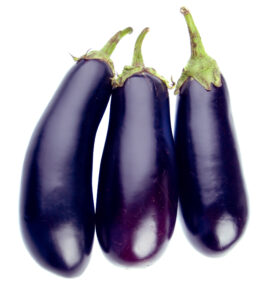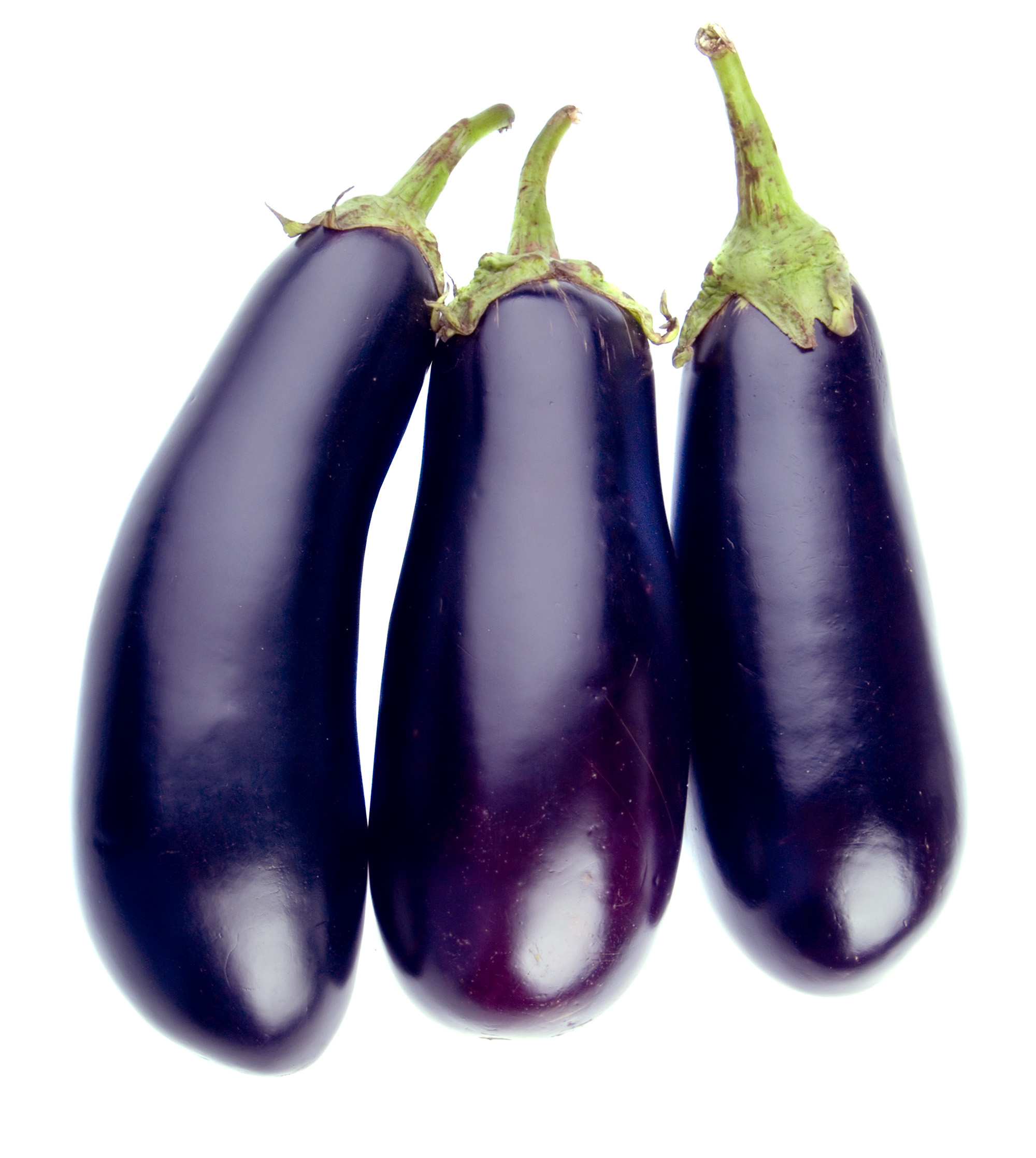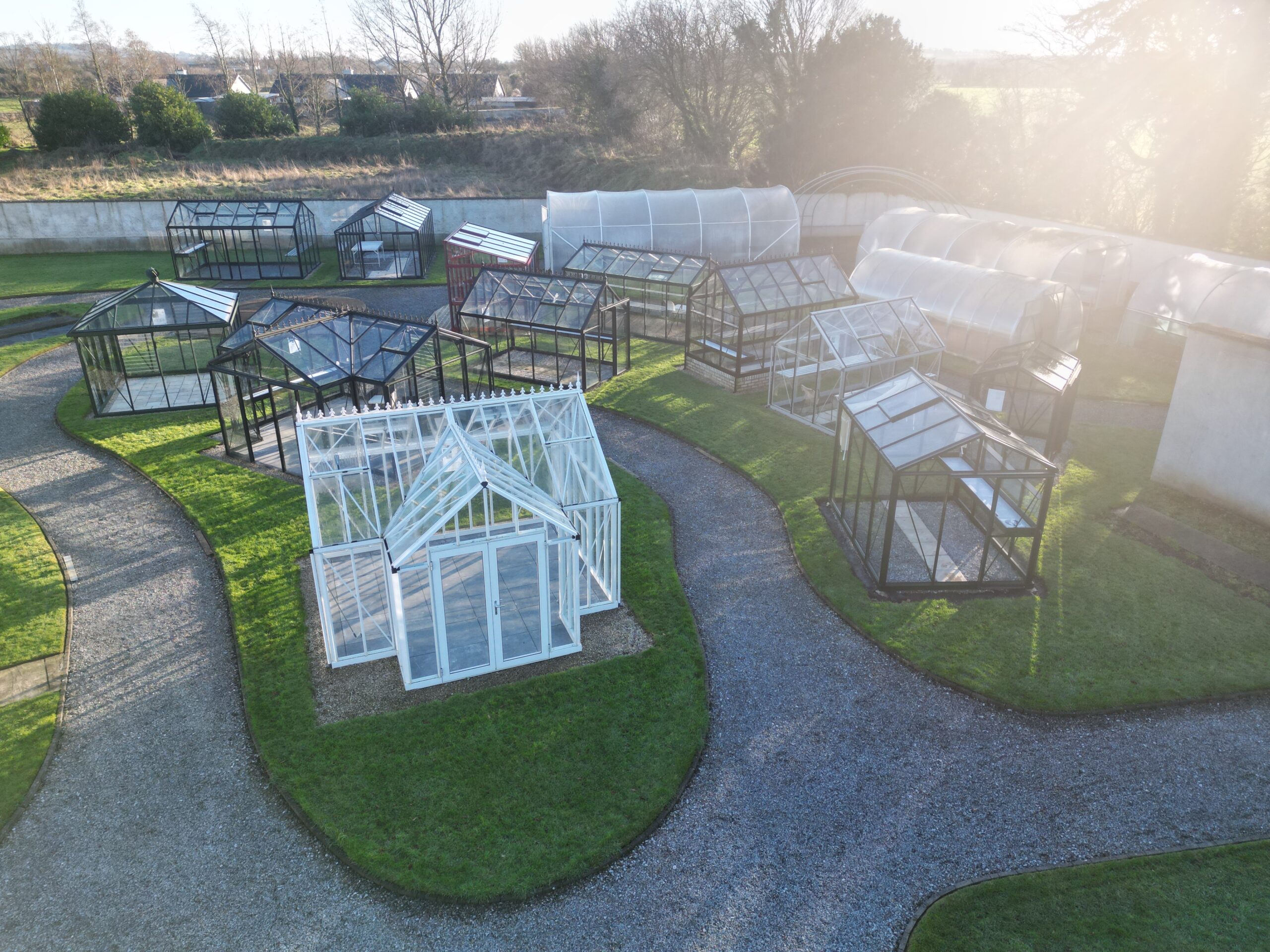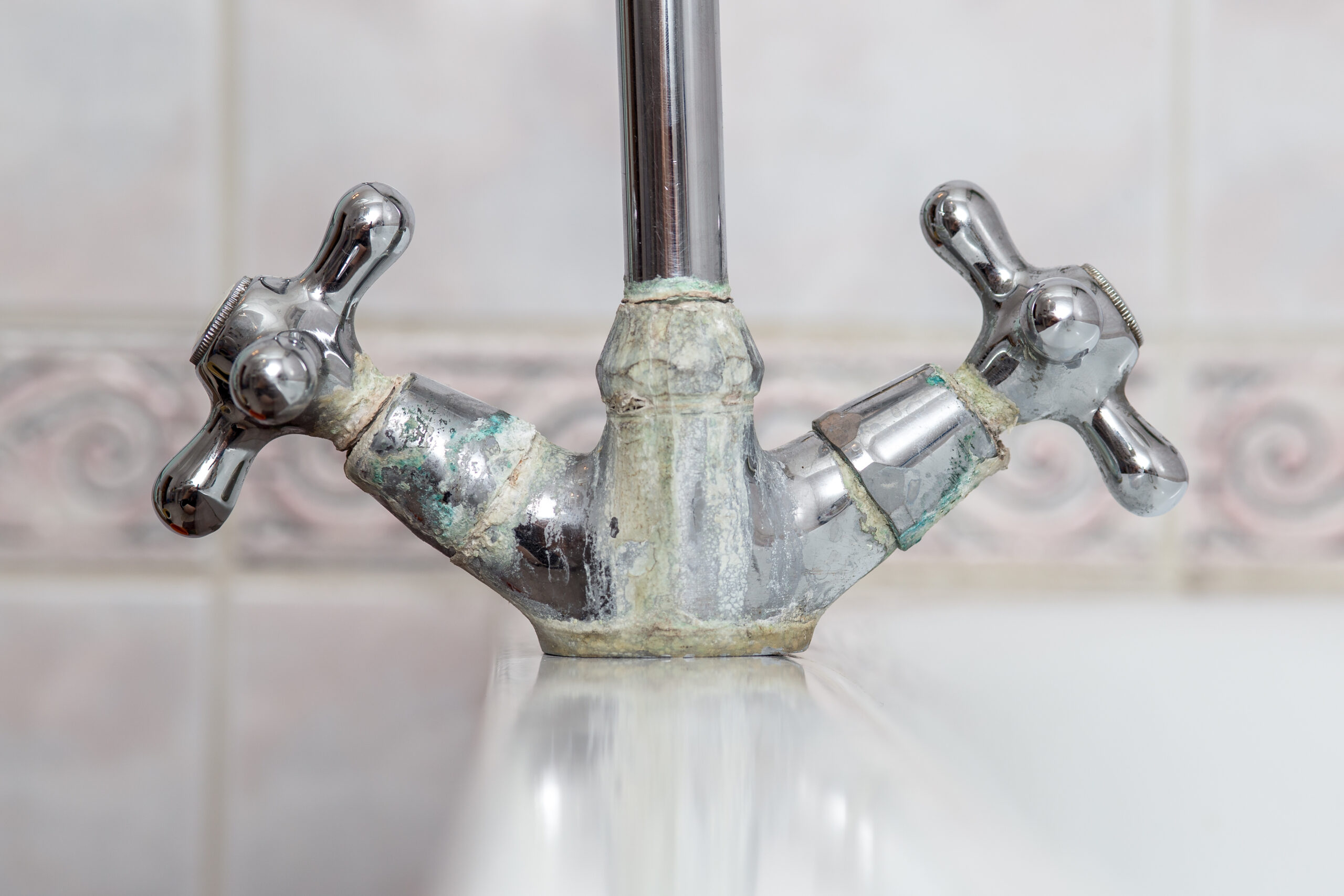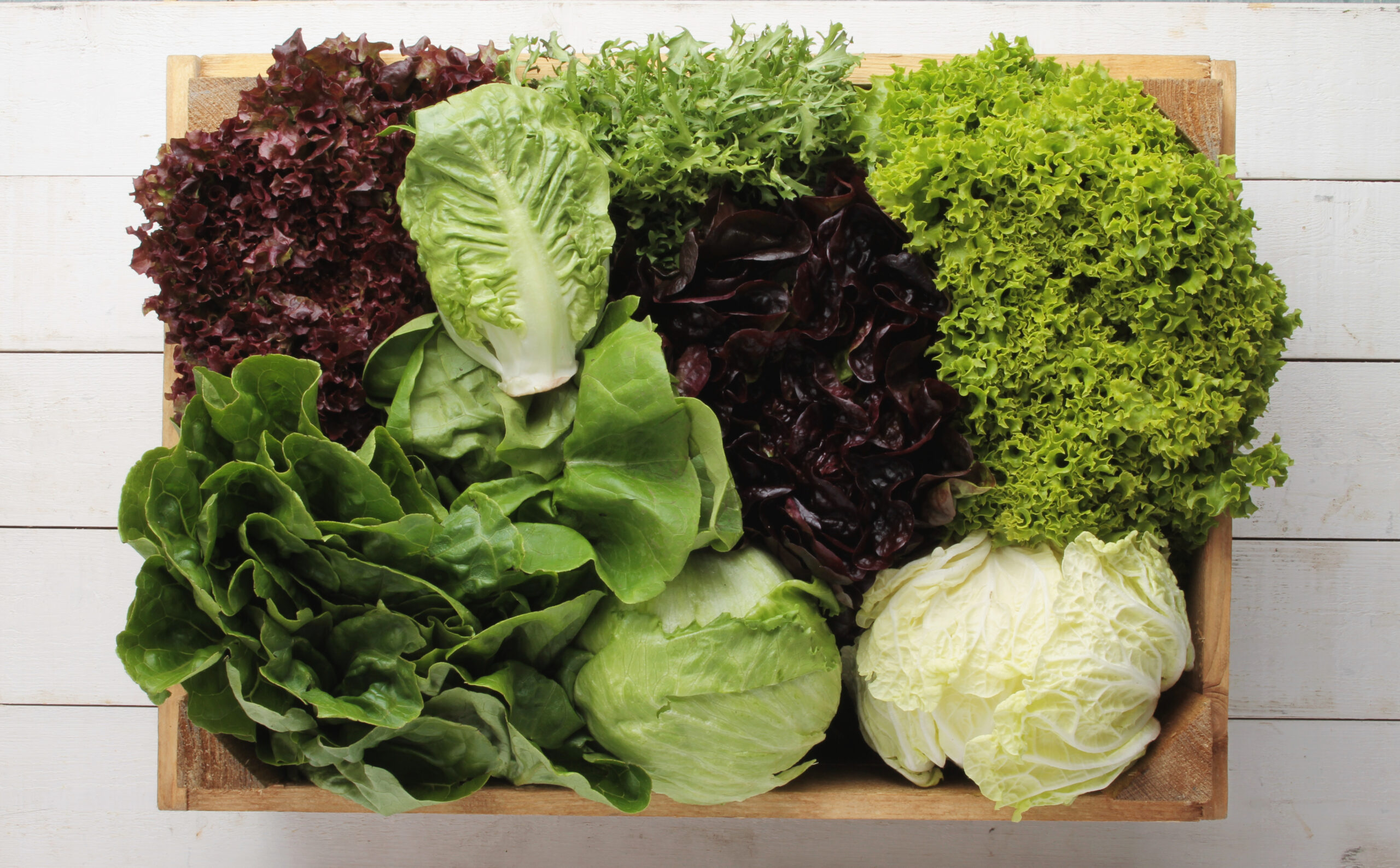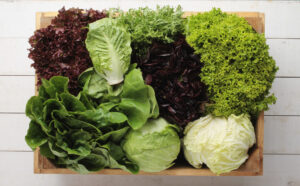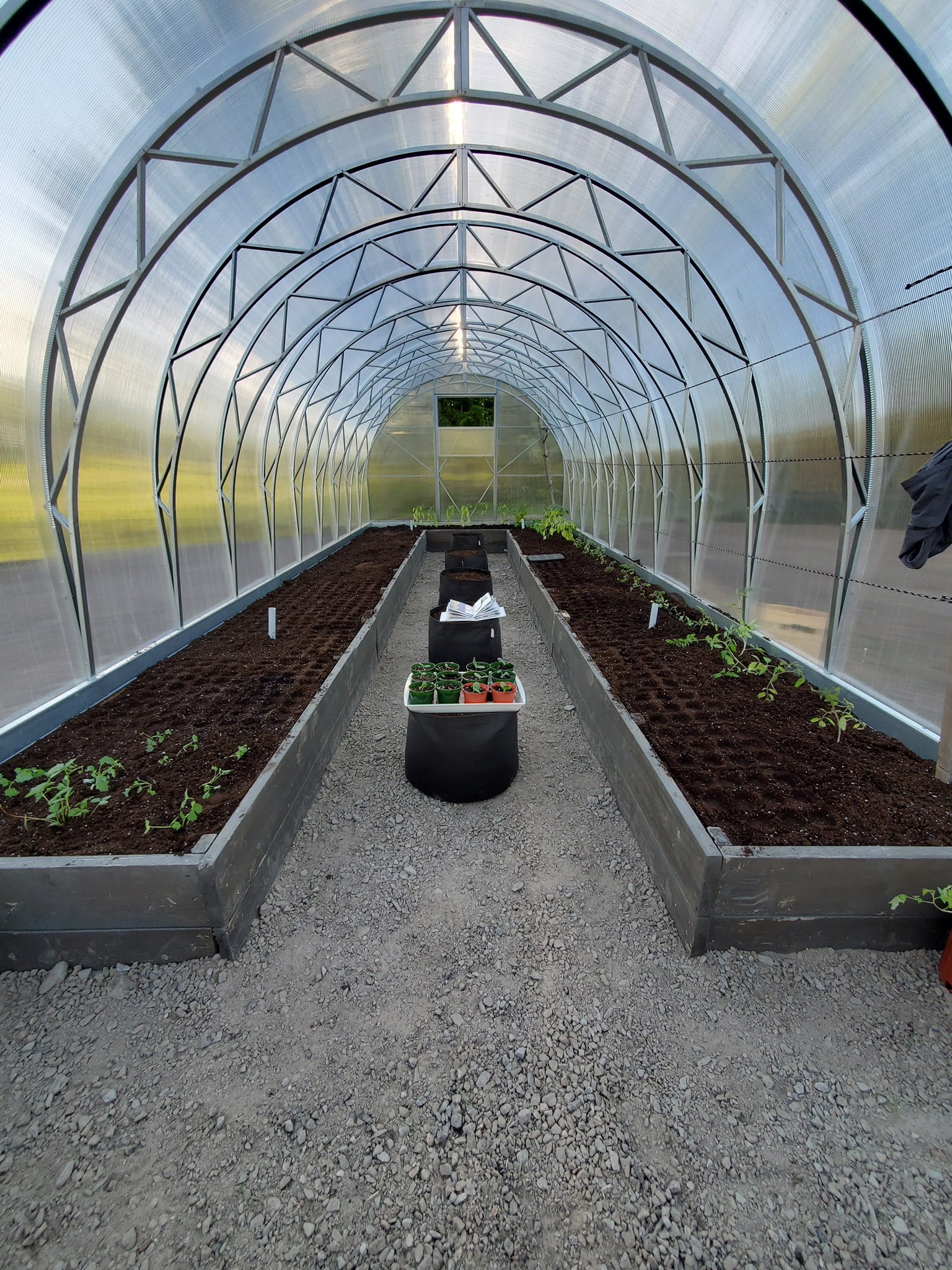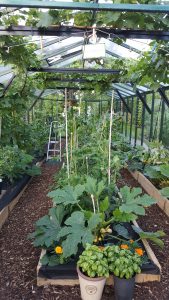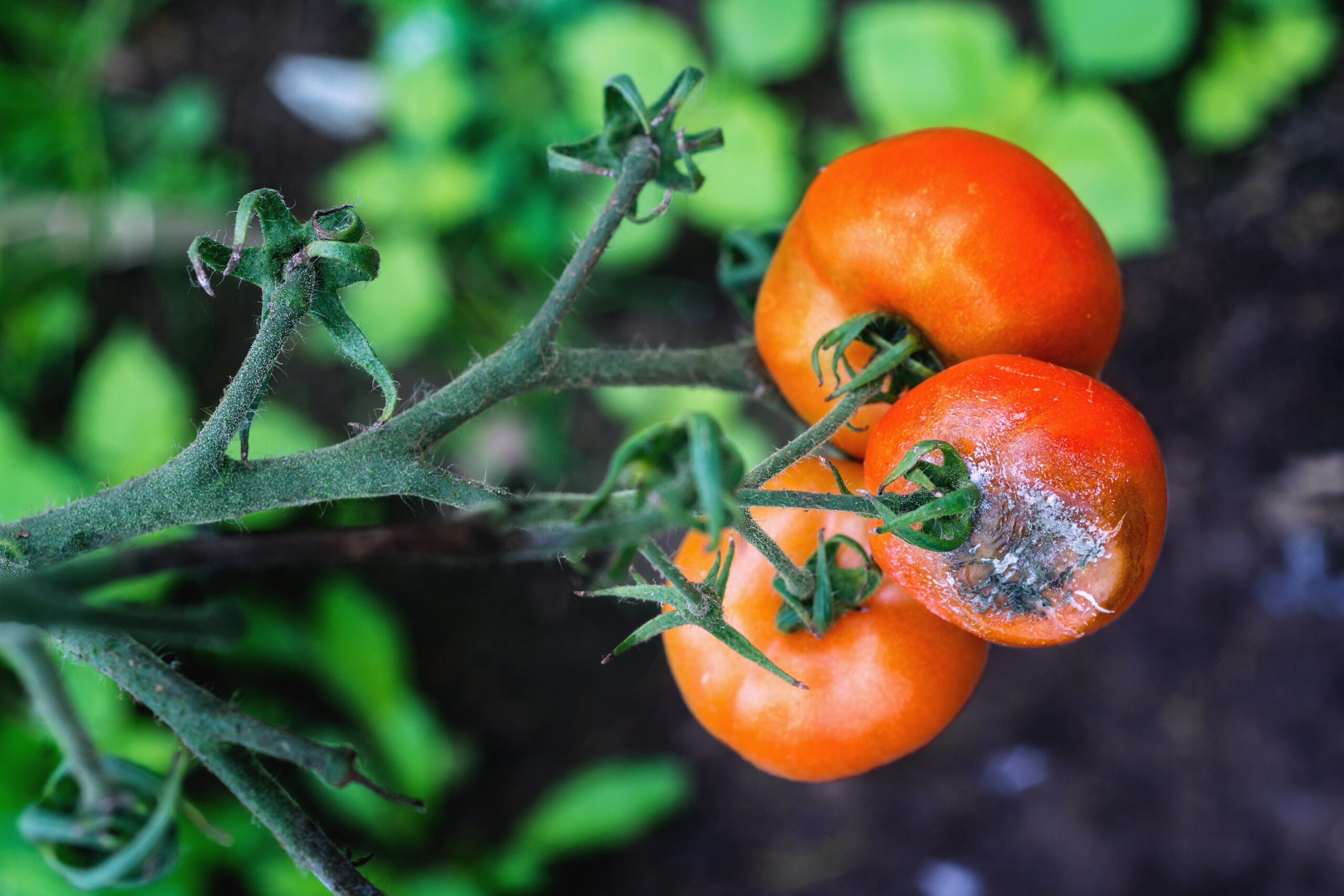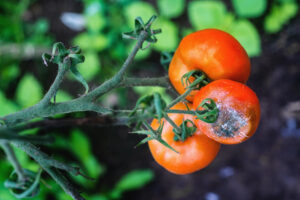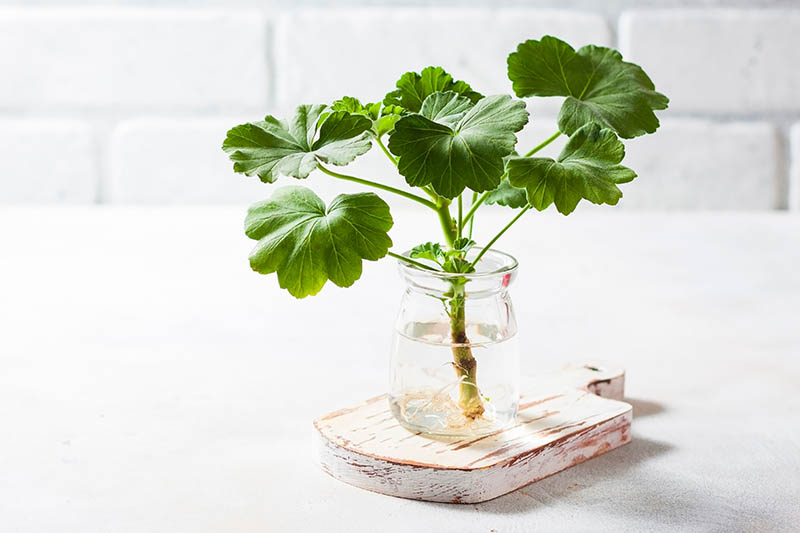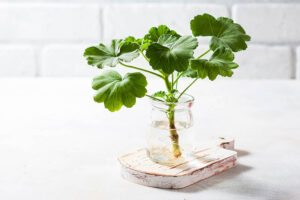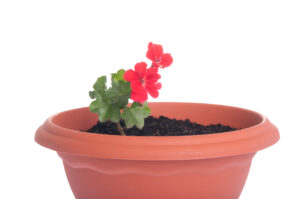March is about as late as you can sow aubergine seeds and expect a reasonable crop. You could sow as early as late January if the weather is mild enough or if you have frost protection heating in your greenhouse. Cell-trays allow you to plant the young plants with less root disturbance, so they grow away faster than plants pricked off from traditional seed-trays. Sow two seeds per cell (if both come up snip out the weaker one). Place them in a heated propagator or on a warm windowsill; the ideal temperature is 20-25°C (68-77°F). Keep the compost moist but not wet. The seedlings can take up to three weeks to emerge.
Set out the plants in your greenhouse as soon as their roots fill the cells or the first flowers appear, if by then you can keep them above 10°C (50°F) or so at night. Night-time fleece covers help. Alternatively pot them on into slightly bigger pots that can be brought into the house at night. Space the plants about 45cm/18 inches apart for normal, and 30cm/18 inches apart for dwarf varieties. Pinch out the growing point s of the main stems when about 25cm/10 inches tall to encourage the plant to bush out. Keep conditions warm, bright and humid.
Pollinate early flowers with a small paintbrush; later flowers should need less help. Start liquid feeding with tomato food when the first fruits form, and mist the plants with water to discourage red spider mite. Leave no more than five fruits per plant and remove further flowers to divert their energy into filling the existing fruit. Remove dead bits from the plants to discourage grey mould fungus, and watch out for slugs, whitefly and greenfly. Good varieties to try are ‘Black Prince’, ‘Dusky’, ‘Bonica’ and ‘Giotto’.
